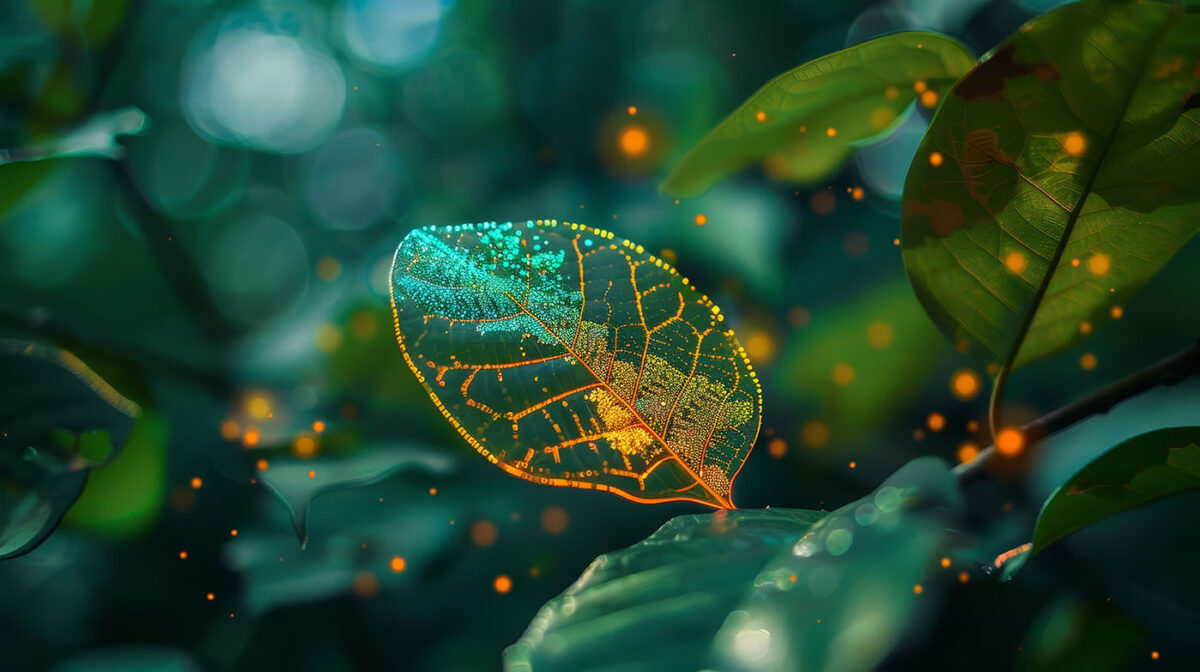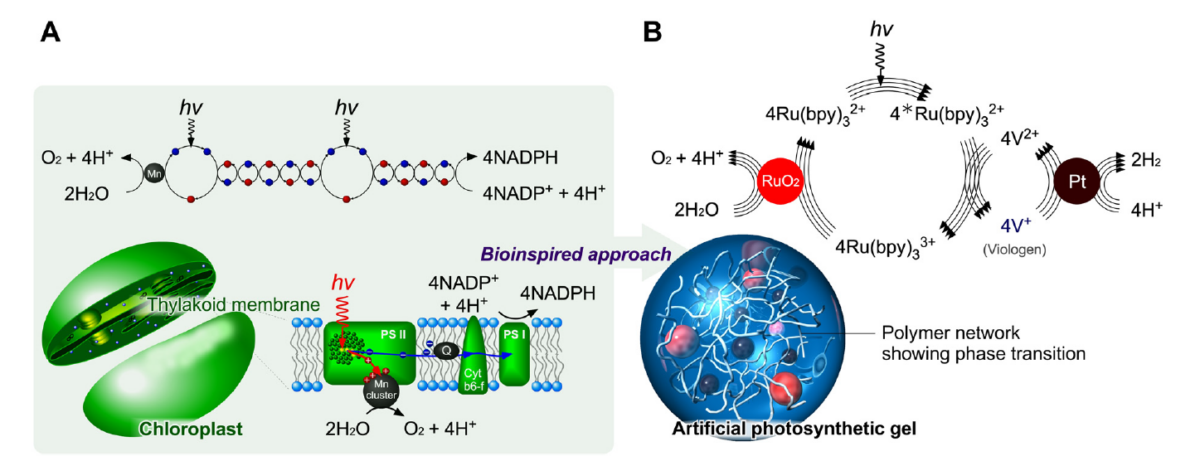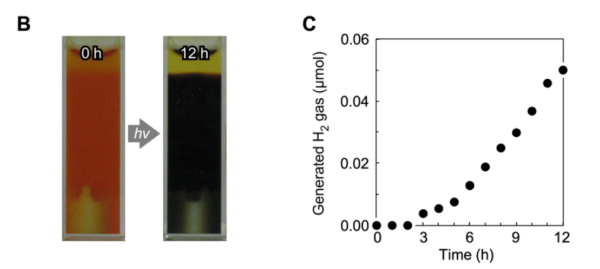Bioinspired Hydrogels in Clean Energy and Hydrogen Generation

Bioinspired hydrogels show promise in developing artificial photosynthesis. This can provide solutions to complex challenges in sustainable energy and hydrogen generation.
Artificial Photosynthesis
Artificial photosynthesis imitates the natural process of converting sunlight, water, and carbon dioxide into energy-rich compounds through chemical reactions. However, developing artificial photosynthesis has faced significant challenges, limiting its practical applications. Traditional systems encounter issues like diffusion limitations and managing complex redox reactions in liquid phases, which lowers efficiency. Moreover, these limitations reduce the potential of artificial photosynthesis to perform reliably in diverse conditions.
You can also read: Hydrogels in Targeted Drug Delivery
Bioinspired Hydrogels
In response, bioinspired hydrogels offer promising solutions with their unique polymer network structures. These hydrogels create stable environments, allowing for precise molecular arrangements and controlled reactions critical to artificial photosynthesis. Through these properties, bioinspired hydrogels support essential reactions like water splitting and electron transfer, replicating the natural efficiency found in photosynthetic systems.
Hydrogels for Oxygen and Hydrogen Generation
To further optimize these systems, researchers have designed hydrogel-based setups specifically for oxygen and hydrogen generation, both crucial for energy production. Structured polymer networks support these reactions by stabilizing electron transfer, reducing self-aggregation, and enhancing reaction stability. This approach mirrors how chloroplasts facilitate photosynthesis, strengthening the idea that artificial systems can replicate biological energy conversion processes.

Design of photoinduced electron transfers in polymer networks inspired by chloroplasts. (A) Mechanism of photosynthesis. (B) Design of artificial photosynthetic gels. Courtesy of Bioinspired hydrogels: polymeric designs towards artificial photosynthesis.
Advances in Polymer Design for Efficiency
Recent innovations in polymer design have made hydrogels even more suitable for artificial photosynthesis applications. Researchers have embedded catalytic molecules, such as ruthenium complexes and platinum nanoparticles, within polymer networks to improve electron transfer efficiency. This approach directly mimics natural photosynthesis, where similar catalysts assist in the energy conversion process. Additionally, thermoresponsive polymers, like PNIPAAm, play a key role by adjusting molecular spacing with temperature changes. In this way, they modulate polymer structure in real-time, increasing reaction efficiency.

H2-generation in the gel system. Courtesy of Bioinspired hydrogels: polymeric designs towards
artificial photosynthesis
Hydrogels for Sustainable Energy
Moving forward, the potential of bioinspired hydrogels in artificial photosynthesis appears promising. This design has the potential to revolutionize clean energy efforts, as hydrogen is increasingly viewed as a key fuel for the future. Furthermore, this innovation in hydrogen production positions itself alongside other clean energy technologies, such as solar photovoltaics and electrolysis-based hydrogen production, highlighting its competitive advantages. Ongoing developments suggest that these polymer networks could eventually support sustainable energy generation.
To read the complete study click here.
